Home>diy>Building & Construction>What Are The Types Of Construction
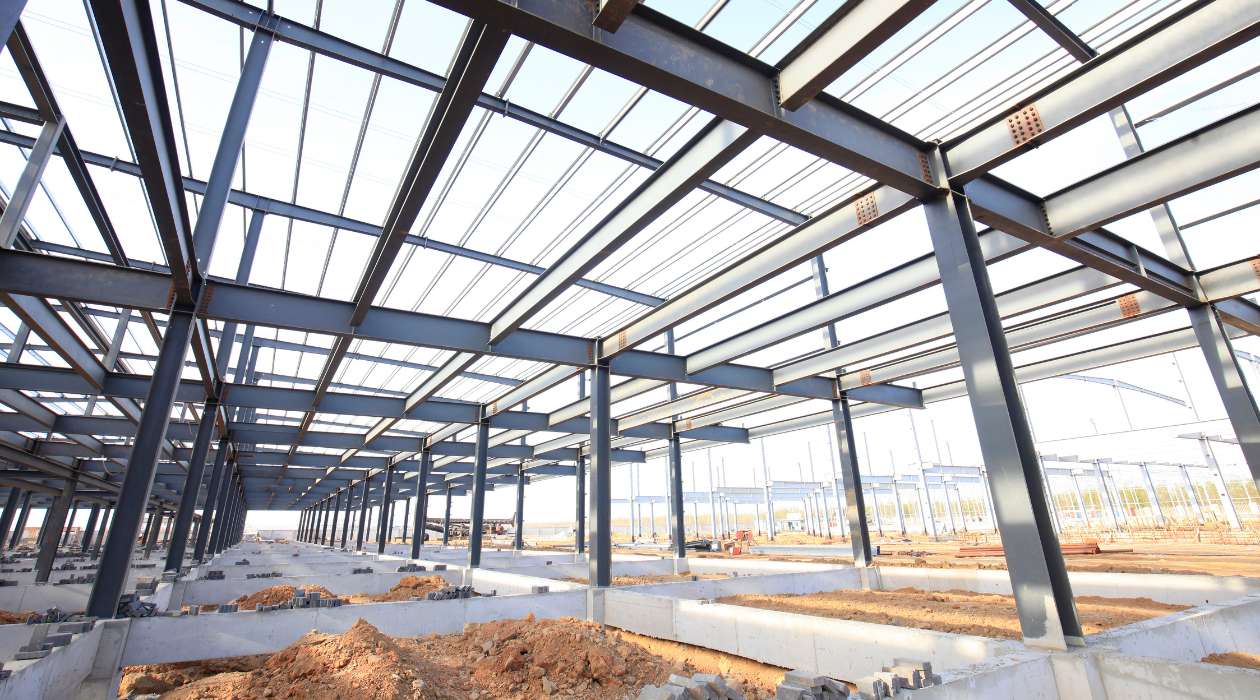

Building & Construction
What Are The Types Of Construction
Modified: January 19, 2024
Discover the various types of building construction, including residential, commercial, and industrial projects. Get insights on materials, methods, and architectural styles used in different construction sectors.
(Many of the links in this article redirect to a specific reviewed product. Your purchase of these products through affiliate links helps to generate commission for Storables.com, at no extra cost. Learn more)
Introduction
Welcome to the exciting world of construction! From towering skyscrapers to cozy homes, construction plays a vital role in shaping the world around us. In this article, we will explore the fascinating types of construction that exist today, ranging from residential to specialized projects.
Construction is an essential industry that involves the creation of buildings, infrastructure, and other structures. It requires the expertise of architects, engineers, contractors, and skilled workers who collaborate to bring dreams and visions to life.
Each type of construction serves a specific purpose and is tailored to meet the unique needs of its intended function. From providing shelter and living spaces in residential construction to facilitating commerce and business operations in commercial construction, the diverse categories of construction play a critical role in meeting the needs of society.
Are you ready to explore the various types of construction? Let’s dive in!
Key Takeaways:
- Construction encompasses diverse types, from residential and commercial to industrial and specialized projects, shaping the physical and cultural landscape of our world while meeting specific needs and industry standards.
- Collaboration between architects, engineers, contractors, and stakeholders is crucial in bringing construction projects to life, creating safe, functional, and aesthetically pleasing spaces that improve the quality of life for individuals and societies.
Read more: What Type Of Industry Is Construction
Residential Construction
Residential construction focuses on creating spaces that provide shelter and homes for individuals and families. It encompasses a wide range of projects, from single-family homes to multi-unit apartment buildings. Let’s explore some of the main types of residential construction:
- Single-family homes: These are standalone houses designed to accommodate one family. They can range in size from small cottages to sprawling mansions and are typically customized to meet the specific preferences and needs of the homeowners.
- Duplexes and triplexes: Duplexes are residential buildings divided into two separate units, each with its own entrance. Triplexes, on the other hand, consist of three separate living units. These types of construction allow multiple families to reside in close proximity while still maintaining their privacy.
- Apartment buildings: Apartment buildings are multi-unit structures designed to accommodate multiple households. They can range from low-rise buildings with a few units to high-rise complexes with dozens of apartments. Apartment buildings offer shared amenities such as common areas, parking spaces, and recreational facilities.
- Townhouses: Townhouses are typically multi-level homes that share sidewalls with adjacent units. They offer a balance between the privacy of a single-family home and the convenience of shared amenities. Townhouses are commonly found in urban areas and often feature a more compact and efficient design.
Residential construction projects require careful planning, architectural design, and attention to detail. Factors such as aesthetics, functionality, and energy efficiency are taken into consideration to create comfortable and livable spaces. The construction process involves various stages, including site preparation, foundation installation, framing, electrical and plumbing systems installation, and finishing touches like painting and landscaping.
Whether it’s a cozy cottage or a luxurious apartment complex, residential construction plays a significant role in providing people with safe and comfortable places to call home. It fulfills the basic human need for shelter while also creating a sense of community and belonging.
Commercial Construction
Commercial construction focuses on creating buildings and structures for business and commercial purposes. These projects are designed to cater to the needs of various industries and sectors. Let’s take a closer look at some of the main types of commercial construction:
- Office buildings: Office buildings provide the infrastructure for businesses and organizations to carry out their operations. They range from small office complexes to high-rise towers, accommodating multiple offices and workspaces. Office buildings often include amenities such as conference rooms, lobbies, and parking facilities.
- Retail stores: Retail construction involves creating spaces for shops and stores to sell goods and services to the public. Retail stores can range from standalone buildings to shopping malls, accommodating a variety of businesses. These spaces are designed to attract customers and provide an enjoyable shopping experience.
- Restaurants and cafes: Restaurants and cafes require specialized construction to create welcoming and functional dining spaces. These establishments often have unique design elements, kitchen facilities, and seating arrangements to provide a comfortable environment for customers to enjoy their meals or beverages.
- Hotels and resorts: Hotel and resort construction focuses on creating accommodations for travelers and vacationers. These projects vary in size and complexity, from small boutique hotels to large-scale resorts. Hotel construction includes guest rooms, common areas, restaurants, recreational facilities, and other amenities to provide a pleasant stay for guests.
- Warehouses: Warehouses are essential for storing and distributing goods. They are designed with efficient storage systems, loading docks, and logistics infrastructure. Warehouse construction can range from small storage facilities to large distribution centers, accommodating the needs of different industries.
Commercial construction projects require careful consideration of factors such as space utilization, functionality, and branding. They often involve collaborations between architects, designers, contractors, and business owners to create spaces that meet specific industry requirements and reflect the brand identity of the businesses.
From bustling office spaces to vibrant retail environments, commercial construction plays a crucial role in facilitating economic activities and catering to the needs of businesses and consumers.
Industrial Construction
Industrial construction involves the creation of structures and facilities that support various industrial processes. These projects are characterized by their specialized requirements and often involve large-scale operations. Let’s delve into some of the main types of industrial construction:
- Factories: Factories are dedicated manufacturing facilities where goods are produced on a large scale. Industrial construction for factories involves designing and building spaces optimized for production lines, machinery, storage, and logistics. These structures often have specific requirements to support different industries, such as automotive, electronics, or textiles.
- Power plants: Power plants generate electricity to meet the energy demands of communities and industries. They can be thermal, hydroelectric, nuclear, or renewable energy plants. Constructing power plants requires specialized knowledge and adherence to strict safety regulations to ensure the efficient and reliable production of electricity.
- Refineries: Refineries are facilities that process raw materials, such as oil or natural gas, into usable products like gasoline or petroleum. Industrial construction for refineries involves complex engineering and precise equipment installation to enable the refining process. Safety and environmental considerations play a crucial role in refinery construction.
- Manufacturing facilities: Manufacturing facilities encompass a wide range of industries and products. Each manufacturing facility requires a custom approach to construction based on its specific needs and processes. These structures can include research and development spaces, quality control labs, assembly lines, and storage areas.
Industrial construction projects require meticulous planning, adherence to industry standards, and compliance with safety and environmental regulations. These projects often involve collaboration between engineers, architects, contractors, and specialists to create efficient and functional spaces that support industrial processes.
Industrial construction plays a crucial role in supporting economic growth and providing the infrastructure necessary for various industries to thrive. These projects enable the production of goods, the generation of energy, and the refinement of raw materials for transportation and consumption.
When considering construction projects, it’s important to be familiar with the different types of construction, such as residential, commercial, industrial, and heavy civil. Each type has its own unique requirements and considerations, so understanding the differences can help you plan and execute your project more effectively.
Infrastructure Construction
Infrastructure construction focuses on creating the essential systems and facilities that enable the smooth operation of transportation and communication networks. These projects form the backbone of modern society, facilitating the movement of goods, people, and information. Let’s explore some of the main types of infrastructure construction:
- Bridges: Bridges are structures that span across bodies of water, valleys, or other obstacles. They provide crucial connections between different areas, allowing for the seamless flow of transportation. Bridge construction involves specialized engineering and design to ensure safety and long-term durability.
- Highways and roads: Highways and roads are the arteries of transportation, connecting cities, towns, and rural areas. Infrastructure construction for highways and roads involves planning, grading, paving, and signage to create safe and efficient transportation corridors. They enable the movement of vehicles for commuting, commerce, and travel.
- Railways and train stations: Railways play a vital role in transporting goods and passengers over long distances. Infrastructure construction for railways involves laying tracks, building stations, and creating supporting structures such as bridges and tunnels. Train stations are designed to provide safe and convenient boarding and disembarking points for passengers.
- Airports: Airports are essential hubs for air travel, connecting different regions and countries. Airport construction involves large-scale projects such as runway construction, terminal buildings, hangars, and control towers. These structures have strict regulations and safety requirements to ensure smooth and secure air transportation.
- Ports and harbors: Ports and harbors are crucial for maritime trade and transportation. Construction in these areas involves the creation of docks, piers, warehouses, and storage facilities. Port infrastructure enables the loading, unloading, and storage of goods transported by ships.
Infrastructure construction projects require careful planning, adherence to safety standards, and compliance with transportation regulations. These projects involve collaboration between engineers, architects, contractors, and relevant government agencies to create reliable and efficient transportation networks.
Infrastructure construction is vital for fostering economic growth, connecting people and places, and enabling the movement of goods and services. It plays a fundamental role in building the foundation for a well-connected and thriving society.
Read more: What Is Type 1 And Type 2 Construction
Institutional Construction
Institutional construction focuses on creating structures and facilities for public institutions that serve specific functions within society. These projects cater to the needs of education, healthcare, government, justice, and religious organizations. Let’s explore some of the main types of institutional construction:
- Schools and universities: Educational institutions, such as schools and universities, require construction projects to create classrooms, administrative buildings, libraries, and other facilities to support teaching and learning. These structures are designed to provide safe and conducive environments for students, teachers, and staff.
- Hospitals and healthcare facilities: Healthcare construction involves creating hospitals, clinics, and specialized healthcare centers. These facilities require advanced infrastructure to support medical services, such as operating rooms, patient rooms, laboratories, and diagnostic imaging areas. Healthcare construction focuses on functionality, patient comfort, and adherence to health and safety standards.
- Government buildings: Government construction includes the creation of buildings that house government agencies, courts, and administrative offices. These structures range from town halls and city centers to state capitals and national government complexes. Government construction projects often involve strict regulations and security considerations.
- Prisons: Prison construction involves creating secure facilities to house individuals who have been convicted of crimes. These structures require advanced security systems, including perimeter walls, cell blocks, and support facilities such as visitation areas and administrative offices.
- Religious buildings: Institutional construction also includes religious buildings such as churches, synagogues, mosques, and temples. These structures are designed to accommodate religious ceremonies, worship gatherings, and community events. Religious building construction often incorporates unique architectural elements that reflect the beliefs and traditions of the respective faith.
Institutional construction projects require careful consideration of specific functional requirements, safety regulations, and cultural sensitivities. They often involve collaborations between architects, designers, contractors, and stakeholders from the respective institutions.
Institutional construction plays a crucial role in providing essential services to society. It creates environments for education, healing, governance, justice, and spiritual growth, enabling institutions to carry out their vital roles in shaping communities.
Specialized Construction
Specialized construction focuses on creating unique and specialized structures that cater to specific purposes and industries. These projects are often designed to accommodate entertainment, leisure, cultural, and events-related activities. Let’s explore some of the main types of specialized construction:
- Sports arenas and stadiums: Sports construction involves creating venues for various sporting events. These structures are designed to accommodate large crowds and provide optimal viewing experiences. Sports arenas and stadiums feature seating arrangements, playing fields, locker rooms, and support facilities to host sporting competitions.
- Entertainment venues: Entertainment construction focuses on creating spaces for live performances, concerts, and other entertainment events. These venues include theaters, concert halls, music arenas, and amphitheaters. Entertainment construction considers aspects such as acoustics, stage design, seating arrangements, and audience comfort.
- Theme parks: Theme park construction involves creating immersive and interactive environments for entertainment and attractions. These projects encompass the design and construction of various rides, themed areas, shows, and dining options. Theme park construction requires a combination of creativity, engineering, and attention to detail to create magical experiences for visitors.
- Museums and art galleries: Construction for museums and art galleries involves creating spaces to showcase exhibits and artwork. These structures often require specialized climate control, lighting, and security systems to preserve and display valuable artifacts. Museum and gallery construction considers factors such as exhibition layout, visitor flow, and accessibility.
- Convention centers: Convention center construction focuses on creating large event spaces that can accommodate conferences, trade shows, and exhibitions. These structures often feature flexible spaces, meeting rooms, and state-of-the-art audiovisual technology to support various types of events. Convention center construction requires careful planning to handle large crowds and provide a smooth event experience.
Specialized construction projects require a deep understanding of the specific industries they serve. They often involve collaborations between architects, designers, engineers, and contractors with expertise in creating unique and immersive environments.
Specialized construction plays a vital role in providing spaces for entertainment, leisure, cultural experiences, and large-scale events. These projects bring joy, excitement, and enrichment to individuals and communities, creating memorable experiences that can be enjoyed by people from all walks of life.
Conclusion
Construction is a dynamic and diverse industry that shapes the world we live in. From residential buildings to commercial structures, infrastructure developments, institutional facilities, and specialized projects, construction encompasses a wide range of types and purposes.
Residential construction provides individuals and families with safe and comfortable homes, ranging from single-family houses to apartments and townhouses. Commercial construction creates spaces for businesses to thrive, including offices, retail stores, restaurants, hotels, and warehouses. Industrial construction supports various industries by building factories, power plants, refineries, and manufacturing facilities.
Infrastructure construction plays a crucial role in facilitating the movement of people and goods. It involves the creation of bridges, highways, rail networks, airports, and ports, connecting communities and enabling efficient transportation. Institutional construction focuses on providing essential services and facilities for education, healthcare, government, justice, and religious organizations.
Specialized construction brings unique and immersive experiences to life. It involves the creation of sports arenas, entertainment venues, theme parks, museums, and convention centers, providing spaces for recreation, cultural enrichment, and unforgettable events.
Each type of construction requires careful planning, design, and execution to meet specific requirements and industry standards. Collaboration between architects, engineers, contractors, and stakeholders is crucial to bring these projects to fruition.
Construction is not just about creating physical structures; it is about building communities, shaping environments, and improving the quality of life for individuals and societies. The construction industry continues to evolve, embracing innovative technologies, sustainable practices, and design trends to create buildings and structures that are functional, efficient, and aesthetically pleasing.
In conclusion, the diverse types of construction bring the visions and dreams of architects, engineers, and individuals into reality. Whether it’s the warmth of a home, the efficiency of an office building, the convenience of a transportation network, or the joy of an entertainment venue, construction plays a vital role in shaping the physical and cultural landscape of our world.
Frequently Asked Questions about What Are The Types Of Construction
Was this page helpful?
At Storables.com, we guarantee accurate and reliable information. Our content, validated by Expert Board Contributors, is crafted following stringent Editorial Policies. We're committed to providing you with well-researched, expert-backed insights for all your informational needs.
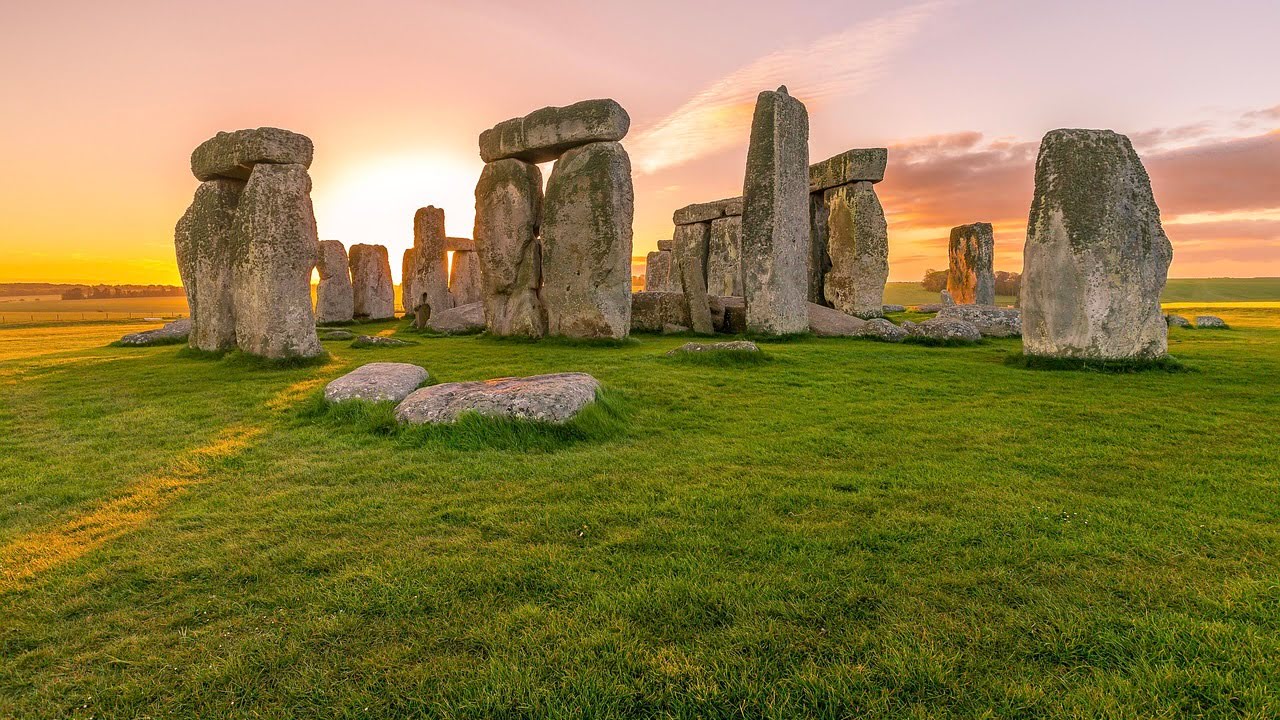
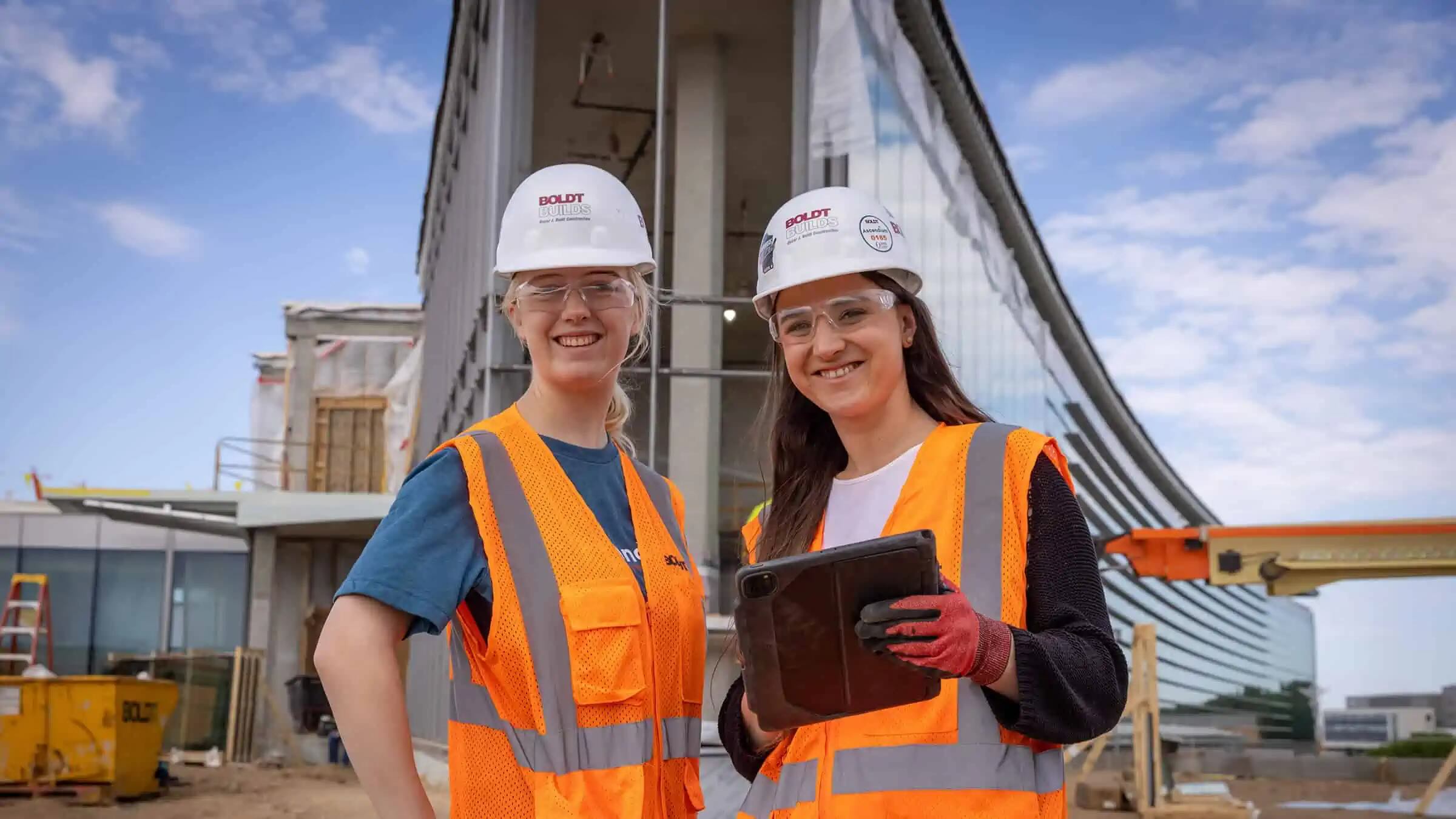
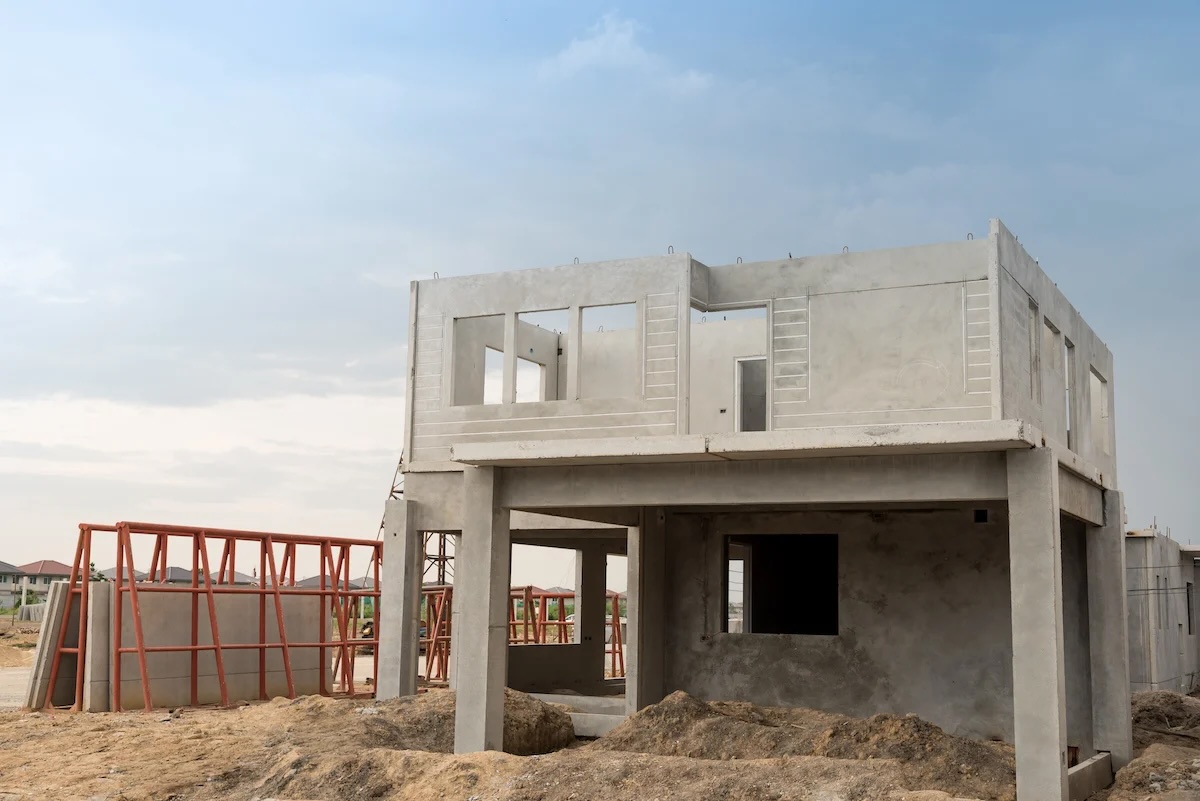
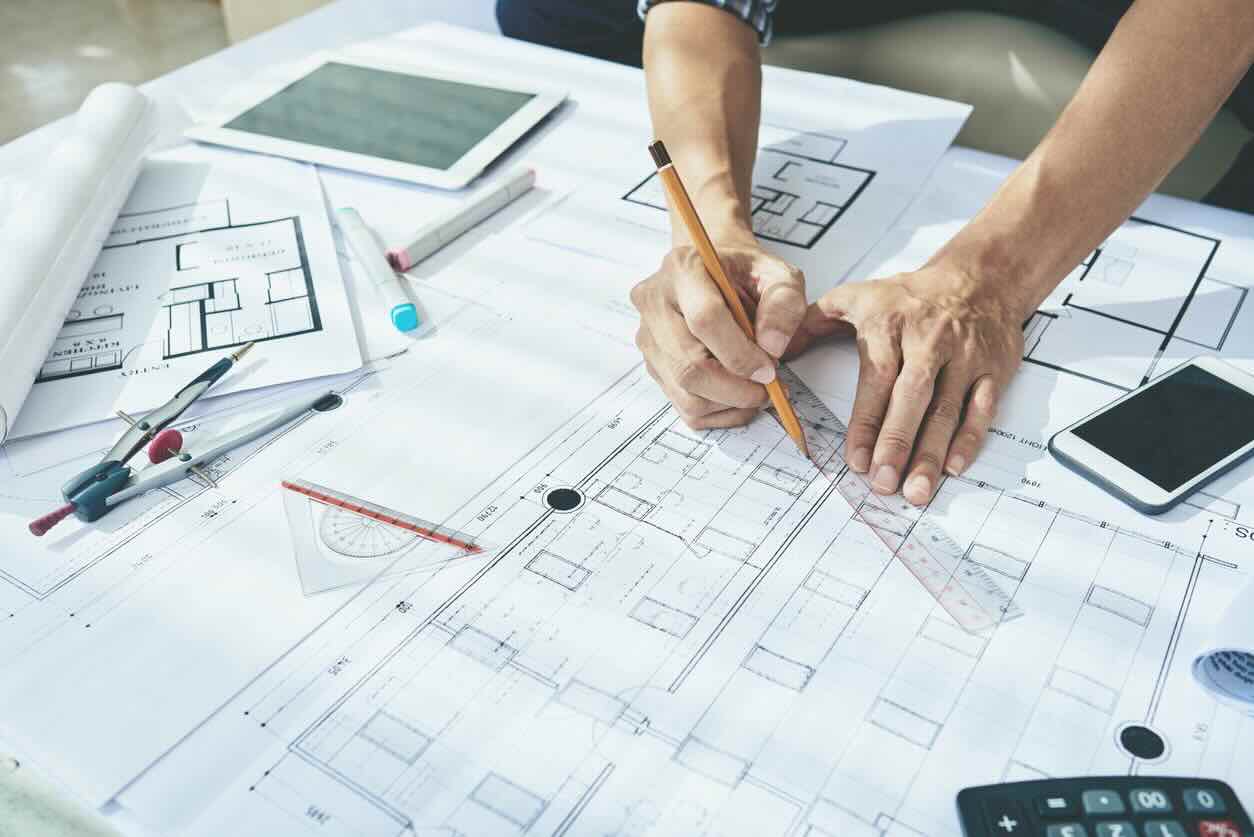
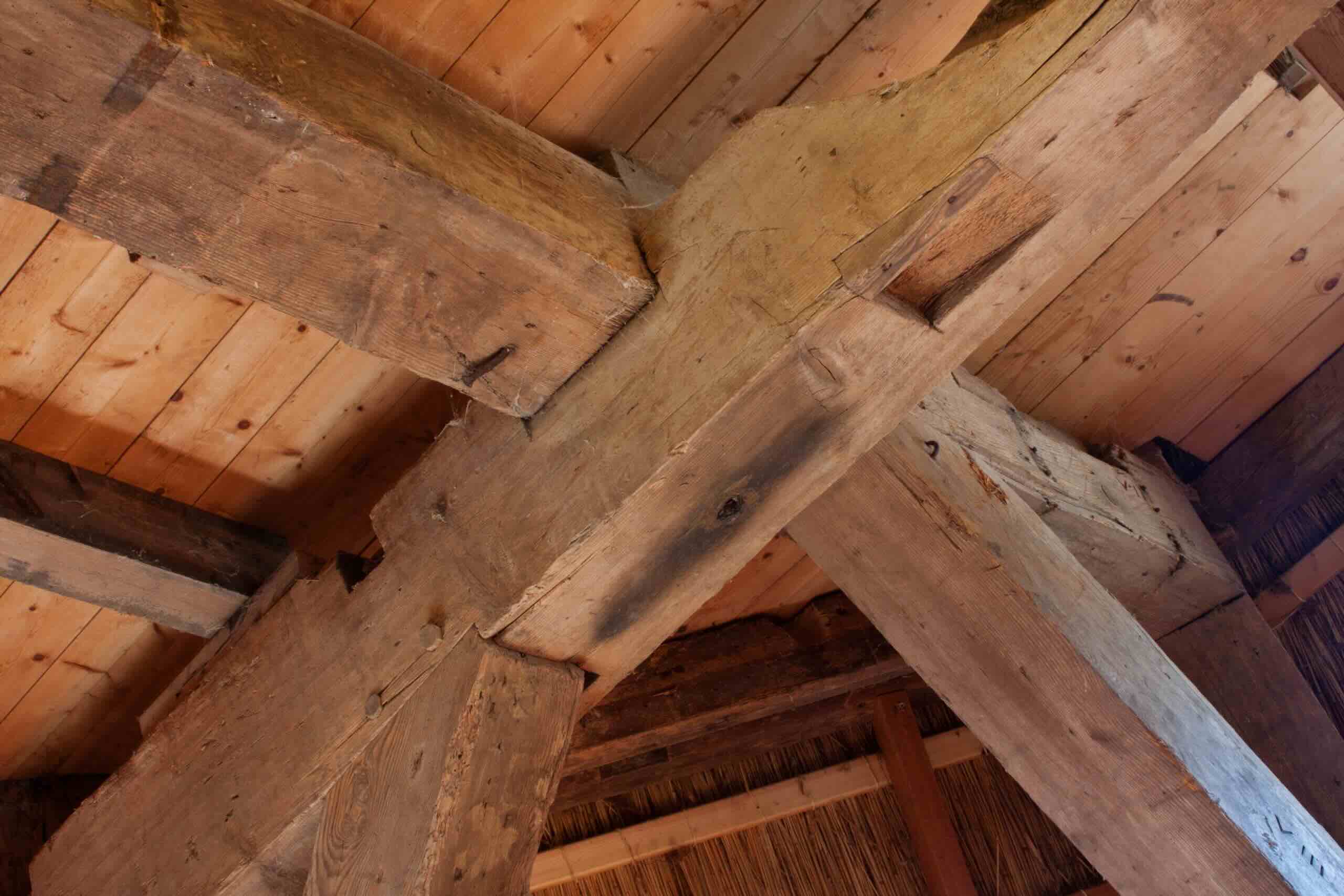
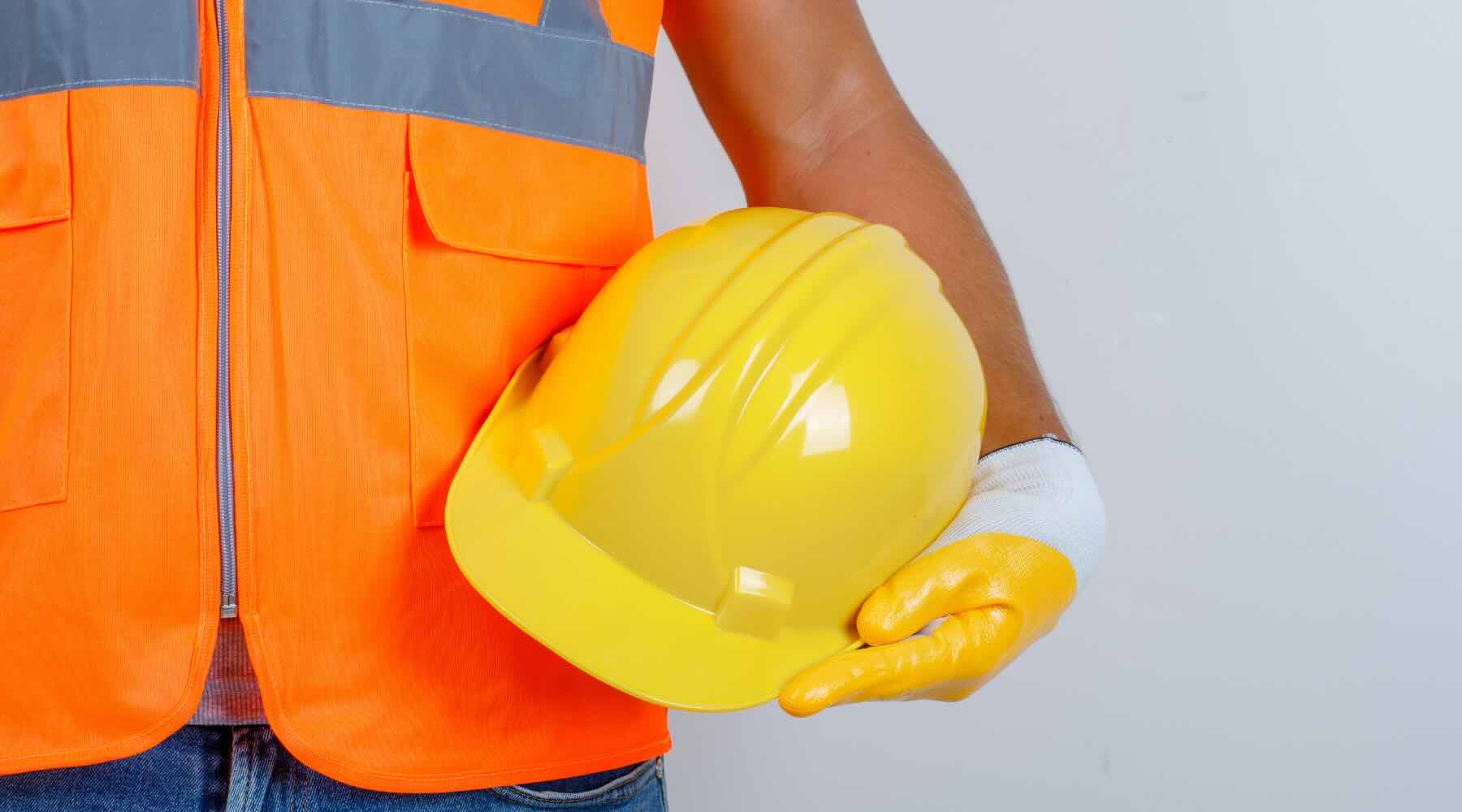
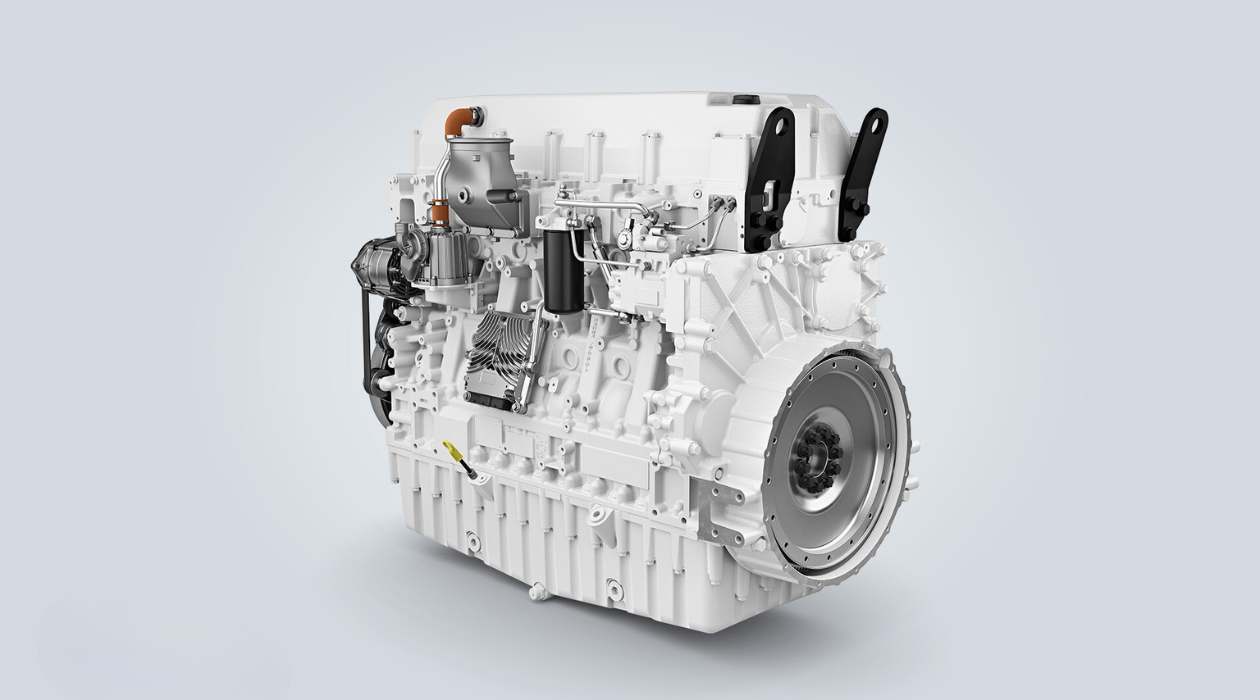
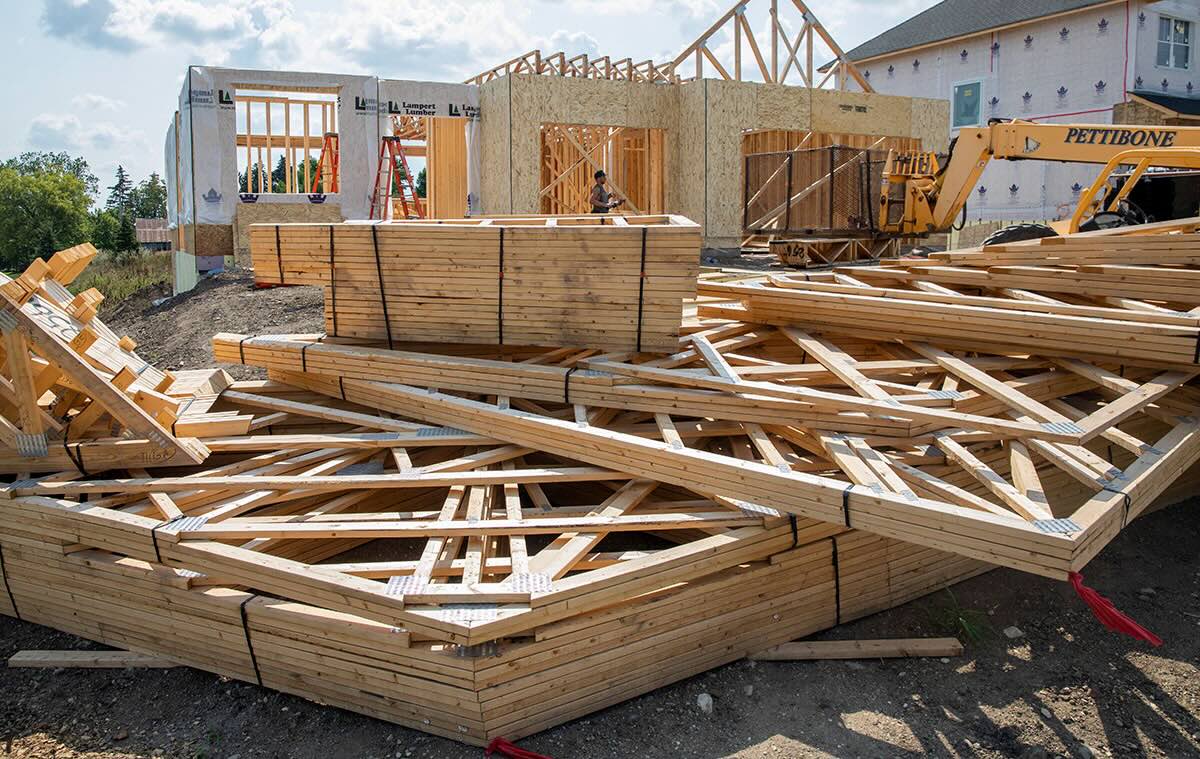

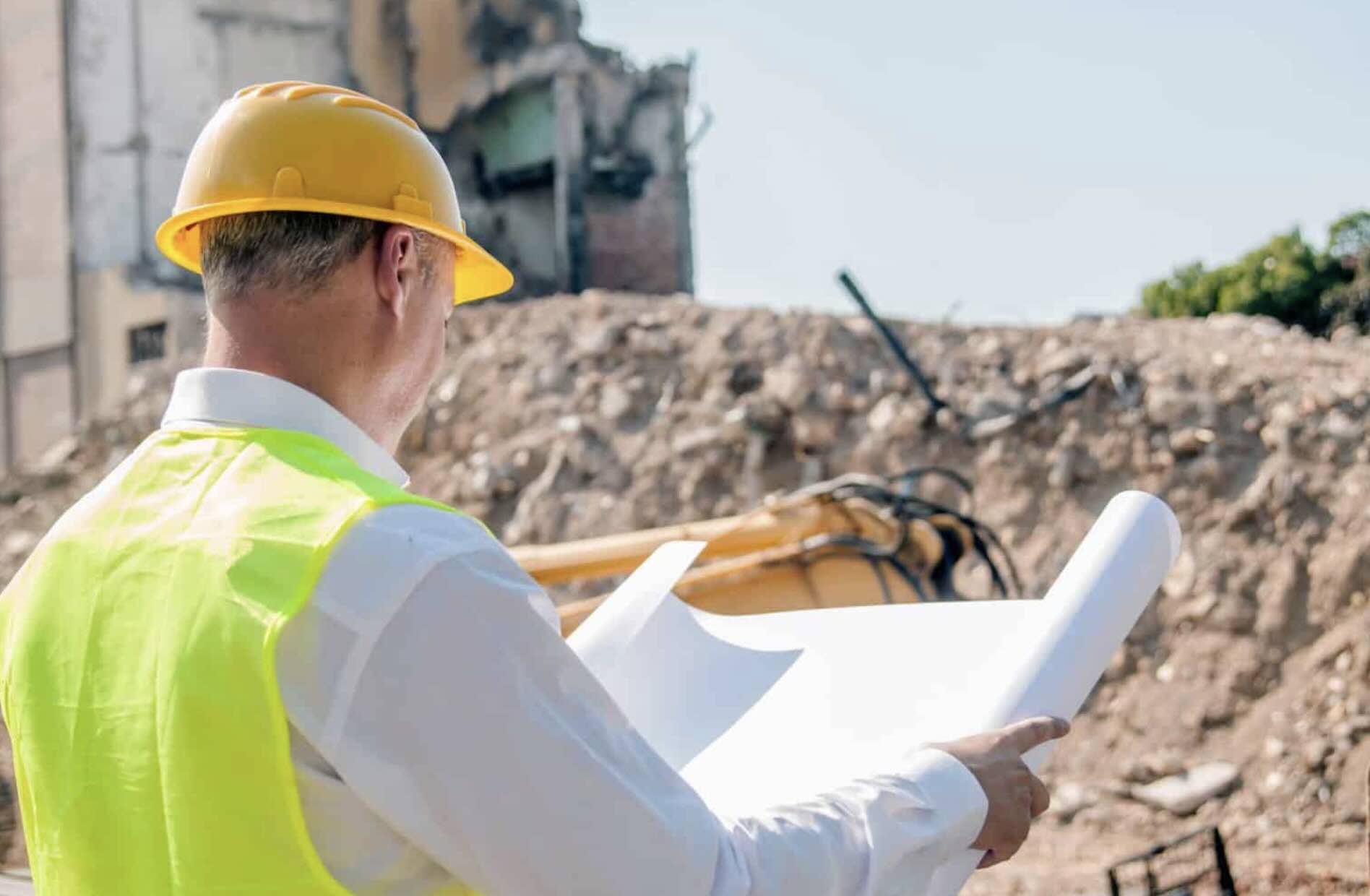



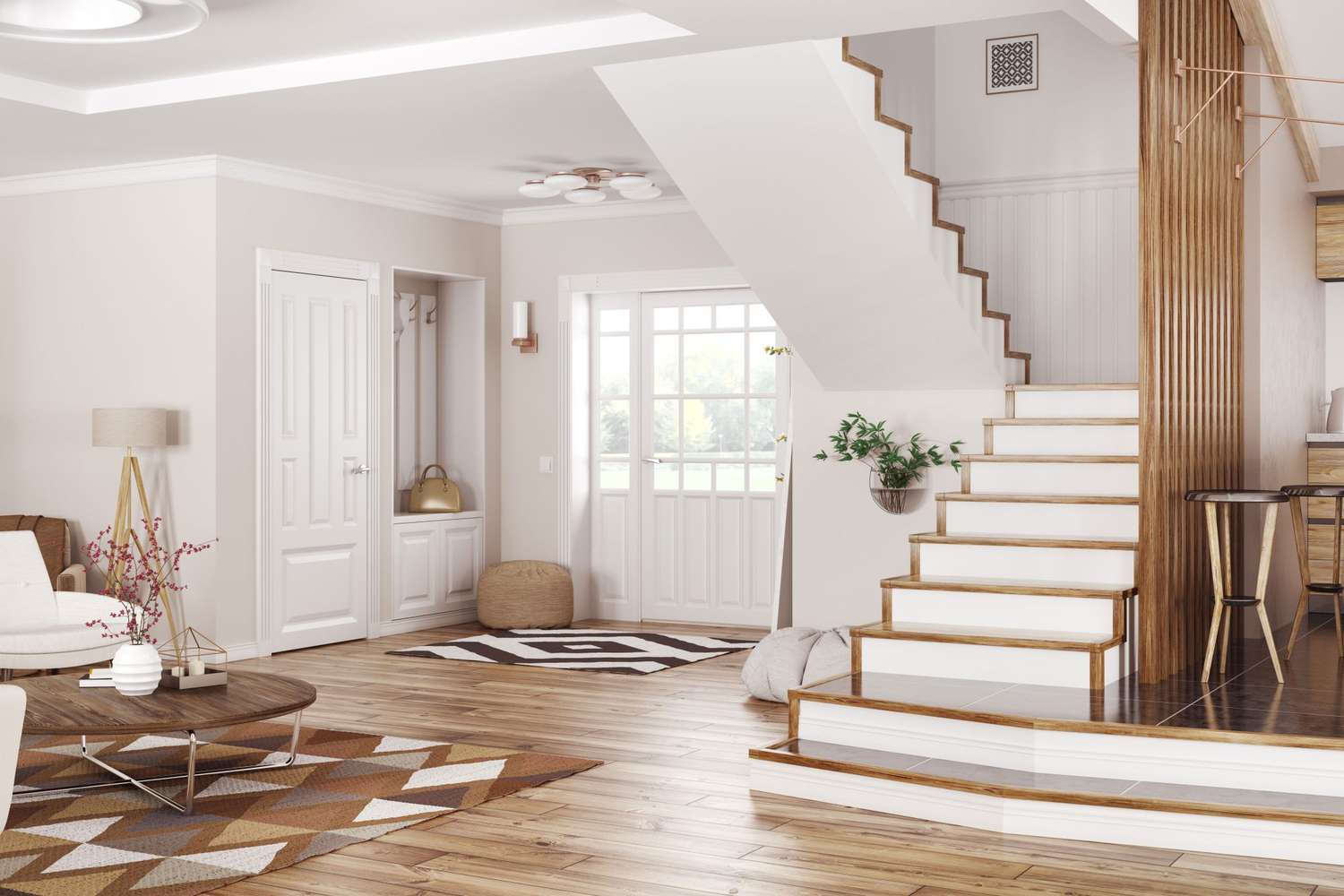

0 thoughts on “What Are The Types Of Construction”